Safety Compromises: An Introduction
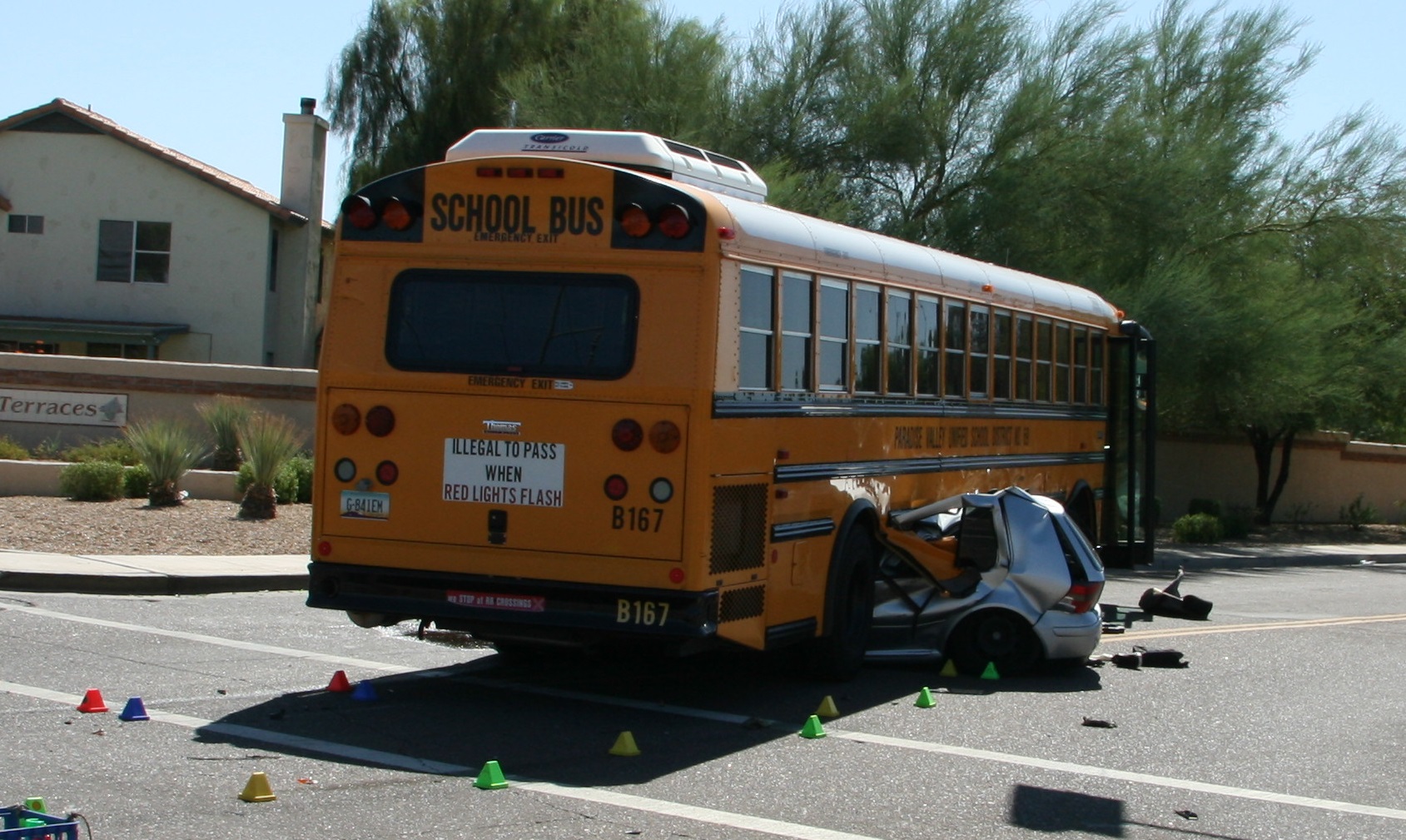

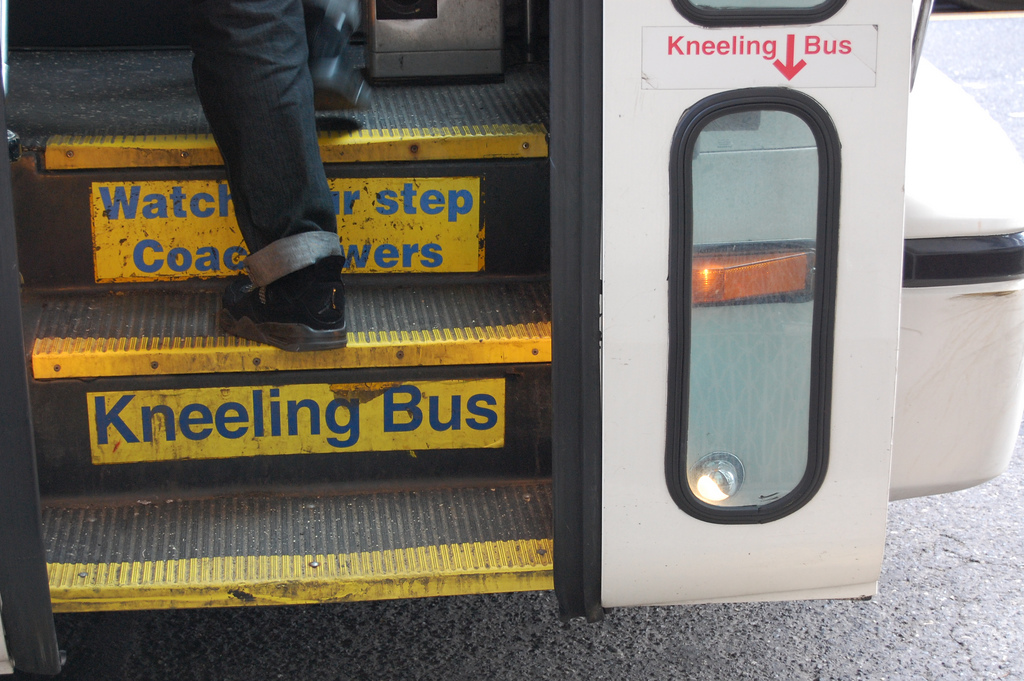
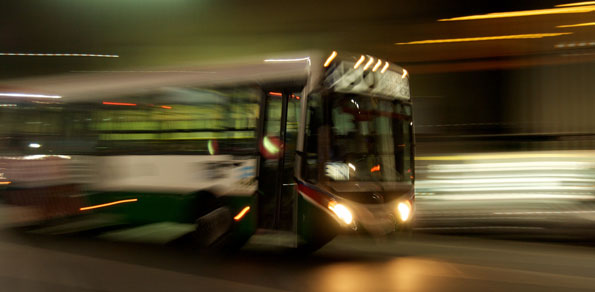
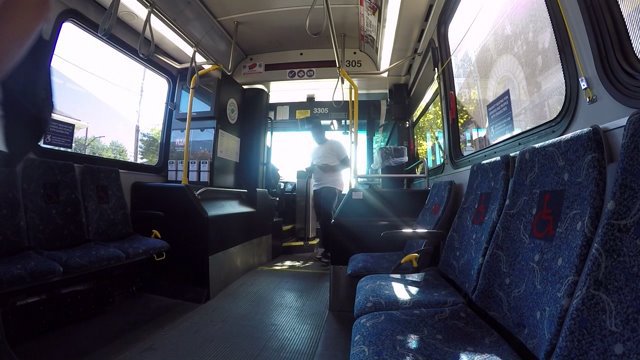
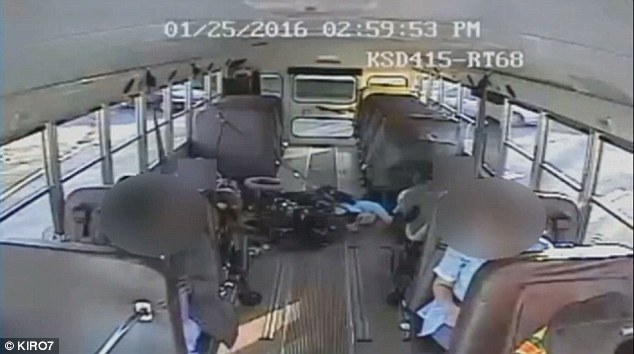

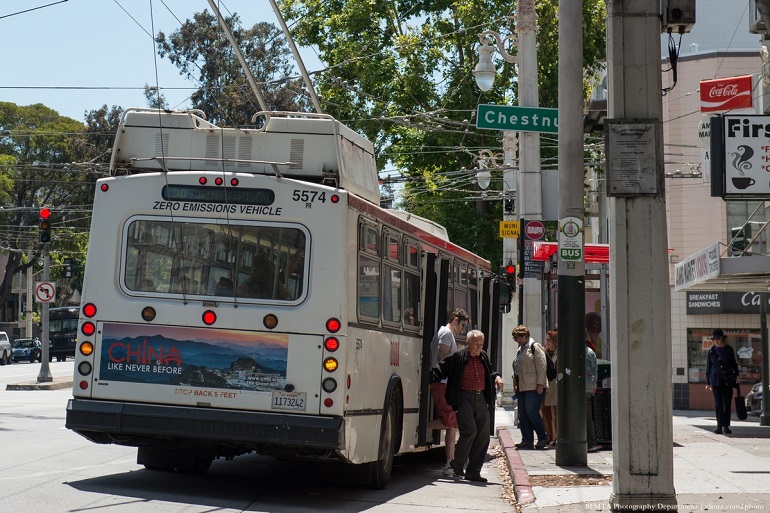
Because the characteristics, operating environments, duty cycles and dynamics of every public transportation mode differ, it follows each mode features different safety compromises. However, some are common to many modes or services: chief among them are responses to schedules that are much too tight.
When schedules are too tight, the driver is given the choice between (a) “complying with the schedule” (often resulting in no “recovery” or “layover” time at the end of each run — and no chance to catch his or her breath before immediately returning on, or otherwise starting another run) or (b) making safety compromises to a varying degree in order to have any recovery time at all – and, in some cases, to avoid falling increasingly behind schedule.
Often, drivers must commit safety compromises in order to create recovery time.
Needless to say, safety compromises are directly responsible for most incidents in the provision of public transportation service. The initial, and often superficial, examination of these incidents (e.g., police reports and operator-required incident reports) may reveal symptoms of the incident. But these are usually mere clues about the genuine, underlying causation of these occurrences.
In the liability arena, many of even the finest attorneys are just that: Fine attorneys. Many are brilliant and work hard on cases. But all must recognize the often subtle dynamics and nuances of public transportation modes to at least initially identify the genuine causation of incidents. They are simply not experts in the planning, design, policy-making, management and operation of public transportation services. Nor will they be familiar with all of the countless institutional and regulatory dynamics that permeate these services — often including a striking lack of regulatory control over countless aspects of these operations.
Causation and Expertise
Because, again, public transportation services are so vastly different in their many characteristics and goals, these differences make it even more difficult for industry outsiders — incident victims, advocacy groups, insurance carriers, family and friends of the victims and attorneys — to understand the genuine causation of incidents. Plus, most occur on what is known as the “operating side” of a particular mode or service, while some lie on its “automotive side.” Occasionally, there are errors on both sides, and they combine to create the incident. Few expert witnesses in the field have had experience on both sides of a mode’s operation. Plus, few experts have a depth of experience in more than one or two modes or services at all. This is unfortunate because there are important lessons in the successes and failures of every fellow mode.
Members of each mode’s community — even including their nominal leaders — are often openly hostile to ideas about or from fellow modes. In 1995, 37 of the 47 States represented at the quinquennial National Conference on School Transportation (now known as the National Congress) voted to forbid the Transit Use Committee from presenting its agenda at the Conference’s concluding plenary session. Not a word of its findings appeared in the Conference proceedings. The importance of this institutionalized intransigence is illustrated by the example that in many states, far more high school students attend school by transit than by schoolbus. The fact that both modes operate fixed route services, serve mostly designated stops, and deploy vehicles of roughly the same size is hardly a footnote either. This might seem incidental. But again, the root causes of many types of accidents — particularly in the area of safety compromises — are common to multiple modes. Their leaders’ and members’ deliberate isolation from one other simply increases the number, range and variety of their incidents.
There are important lessons for every mode in the successes and failures of every fellow mode.
For these reasons, the challenge of finding the right expert — and the genuine causation of an incident — can be daunting. This website is a contribution from one of the rare experts who bridges these divides. Apart from providing information that will hopefully provide valuable insights to management officials in various sectors of the public transportation community, this website, and sister websites treating the most common incident scenarios (like crossingaccidents.com, turningaccidents.com and wheelchairtipovers.com) are also designed and intended to provide attorneys with enough details about incident scenarios to understand the underlying causes of them, beyond the obvious symptoms. Whether you care about safety or merely care about liability exposure, there is something for you here. Incorporating snapshots from many of these other websites, this website is the cornerstone, since most incidents are the direct and proximate result of one or, far more often, multiple safety compromises.
Most incidents are the direct and proximate result of one or, far more often, multiple safety compromises.
Common and Unusual Safety Compromises
There are roughly a half-dozen major safety compromises, and a growing number of lesser ones. The most common safety compromises committed have become common because they reduce the most “running time,” and help create the most “recovery time,” at the end of each “run” of a route. These most common compromises are discussed in descending order of importance with respect to their ability to reduce the most running time, and create the most recovery time, in any given run or, for demand-responsive services, group of trips. On this site, Transportation Alternatives President Ned Einstein delves into these key individual types of safety compromises that relate to common types of personal injury cases.
